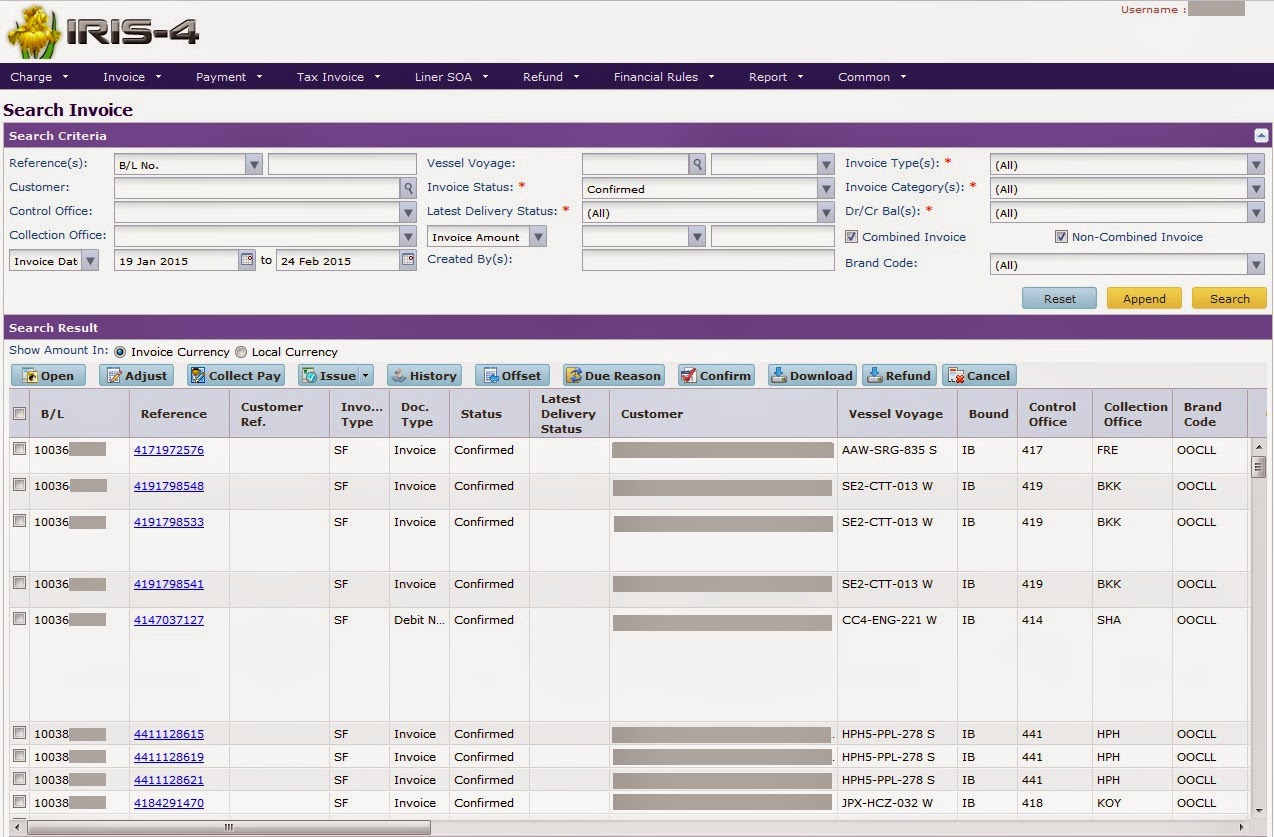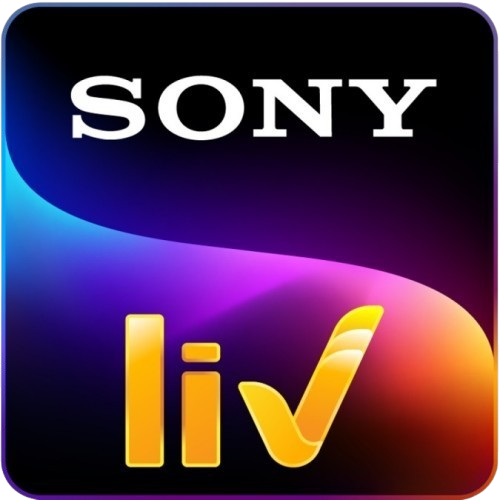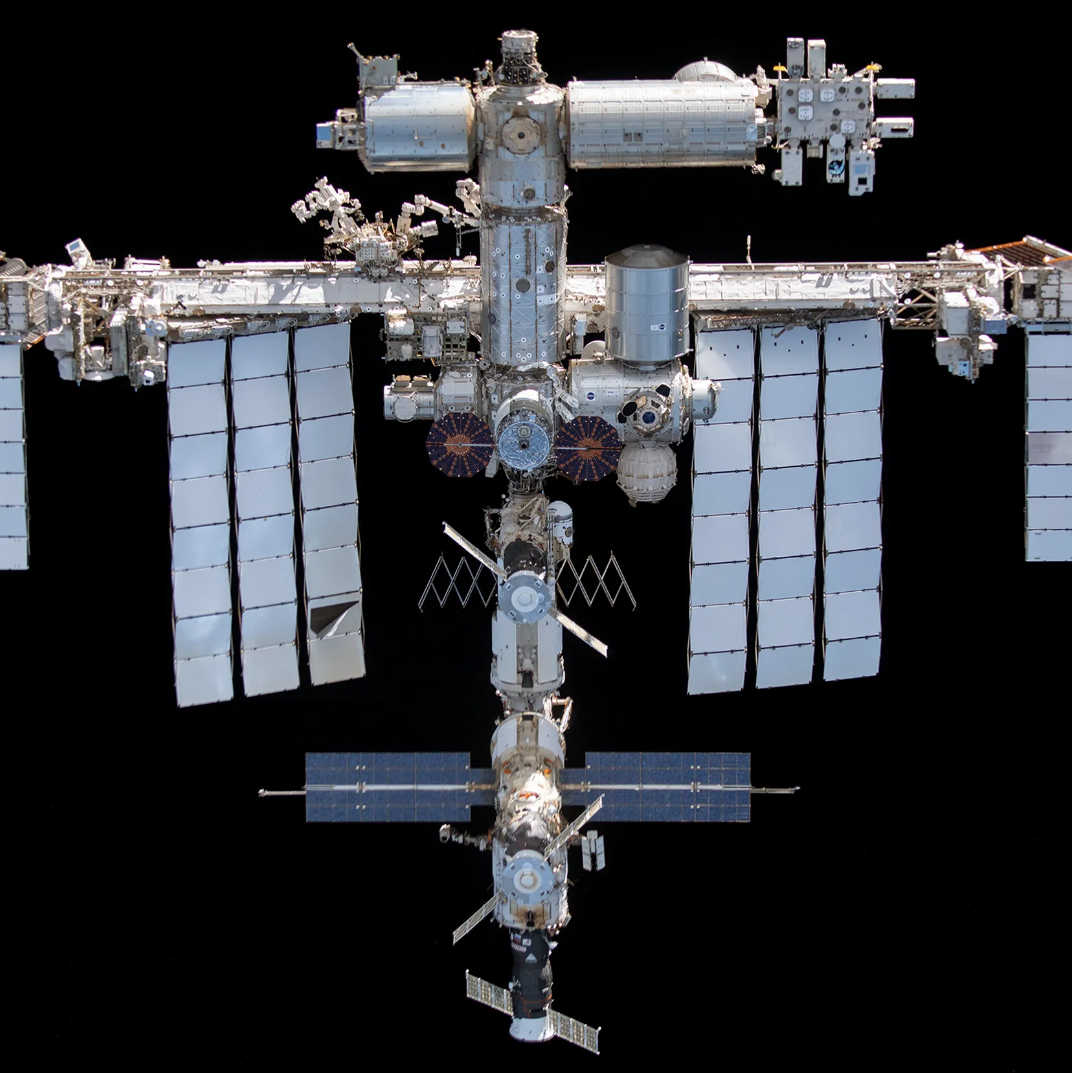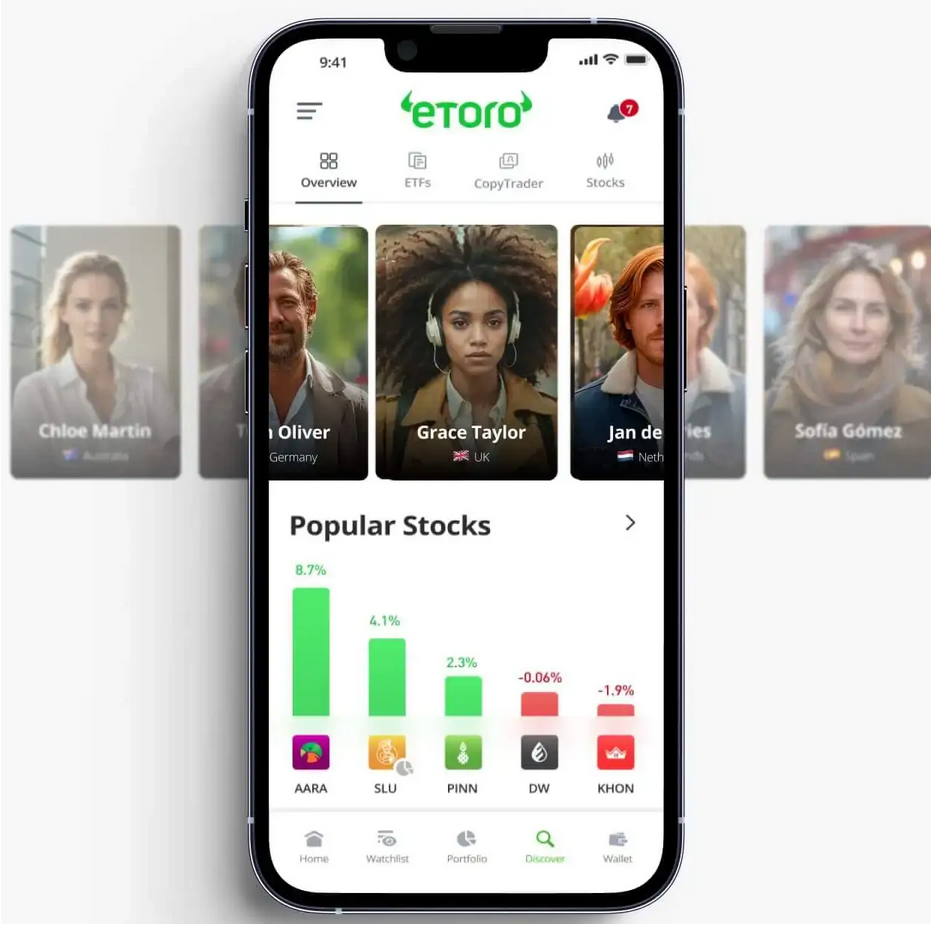Meet Our Customers: OOCL
- Role
- Global container shipping and logistics services provider
- Industry
- Shipping and Logistics
- Location
- Hong Kong
- Goal
- To deliver reliable and efficient global transportation and logistics solutions
Products used
-

-
Stream-sensing algorithm
Allows to choose the best transportation method for each individual client
A short interview with Ronald Chan, responsible for enterprise framework design and maintenance at OOCL, a world leader in logistics and transportation. OOCL opted for Lightstreamer to deliver important business information and tasks to the organization.
Let’s talk about your organization. What is your core business?
“Hong Kong-based OOCL is an International Container Transport and Logistics service provider. OOCL provides transportation services to companies throughout Asia, Europe, North America, the Mediterranean, the Indian sub-continent, the Middle East, and Australia/New Zealand.”

We adopted Lightstreamer to meet this requirement, considering that Lightstreamer can overcome the heavy network overheads switching to HTTP polling when needed. Lightstreamer accomplishes the needs of our operators and improved their work efficiency.
Ronald Chan
— responsible for enterprise framework design and maintenance at OOCLCould you let us know any further information?
“OOCL is a wholly-owned subsidiary of Orient Overseas (International) Limited (OOIL), publicly listed on the Hong Kong Stock Exchange. The company has more than 280 offices in 55 countries around the world, providing 78 services covering international trading markets with a fleet of more than 270 ships, including Grand Alliance member line vessels, feeder and OOCL-owned and operated vessels. In 2014 the company has recorded an impressive 5,585,516 TEUs lifted, and almost 6 billion USD in revenues (source). As a leader in its industry, the number of awards and accoladed won by OOCL so far is huge.”
Who is the typical user of your product or service?
“The company offers transportation services to all major east/west trading economies of the world. Also, OOCL is one of the leading international carriers serving China, providing a full range of logistics and transportation services throughout the country.”
What do you do for OOCL and what are you responsible for?
“I work in information service department of OOCL. I’m responsible for enterprise framework design and implementation.”
What does your application or service do?
“In 1999 OOCL rolled out an IT system that was specially designed for the container shipping industry, called Integrated Regional Information System (IRIS). IRIS integrates the business processes of all OOCL offices, customers’ shipments and financial information into one system. IRIS has been divided into different modules based on functions, such as booking, geographic information, customer information, documentation, custom integration, transshipment control, equipment management, etc.
The creation of IRIS has been an impressive achievement at its launch, leading the company to be a finalist for the coveted Smithsonian Institution Award for Innovation in 1999. After years of improvements, IRIS is still leveraged to coordinate information used by employees and business applications across the entire company, tracking container movements and costs and more, dramatically enhancing operations’ efficiency”.
What functionalities are powered by Lightstreamer?
“Within IRIS, mainly two kinds of data are pushed by Lightstreamer – (1) work tasks & notifications and (2) account receivable (AR) information.
(1) Work tasks and notifications are events generated by any module in IRIS system which have to be handled by our operators. The Dashboard (DSH) is a centralized task repository that collects elements from all IRIS modules. Work tasks and notification are distributed to our operators according to their competencies and skills, through a simple publish and subscribe mechanism. Relevant data are received by each individual dashboards, which shows assigned items (Module tasks > DSH > Lightstreamer > Operator).

Another web application is our invoice system, which receives (2) Account Receivable real-time data and updates web clients in real time. Account Receivable information are mostly invoicing-related information, such as customer payment instruction, charge, refund, tax, unallocated shipments, etc. Our invoice information updates volume is surprisingly large. These data updates could be over 40 per second in peak times, so unnecessary data is filtered before pushing data to browser based on user subscriptions item name.
In both cases, Lightstreamer data are pushed to our operators, mostly for customers’ service tasks. We have around one hundred users which are using web clients powered by Lightstreamer now. Their responsibility includes updating or checking the customer booking status – if some details, such as the payment method, need to be updated, we broadcast the real-time updates to all clients using Lightstreamer without refreshing the browsers and avoiding heavy network transfers.”
Is your main application based on HTML or other front-end technologies?
“We implemented a Lightstreamer adapter which listens to the JMS event queue, and all data is pushed to Lightstreamer server by JMS event. We use the JSON data format since it can be parsed as JavaScript objects easily. Thus, our clients are simply common desktop browsers working with standard HTML+Javascript web pages”.
What other features of Lightstreamer are you taking benefit from (e.g. data throttling, low latency, bandwidth management, security, smart proxy traversal, etc.)?
“We really appreciated the Lightstreamer StreamSense technology, which allows to choose the best transportation method for each individual client. This is very useful since WebSocket may be blocked by firewalls or be unsupported by older browser versions. For the same reason, we found the firewall and proxy traversal features of Lightstreamer extremely useful. In addition to this, Lightstreamer also provided many built-in controls which allow us to better manage the push behavior, such as flow control, buffer size control, snapshot, etc.”
Why OOCL opted for Lightstreamer among many other products, both commercial and free?
“The real time data updating is really important for our operators. Now they can just open the page and wait for the tasks to be assigned, or notifications to be pushed, without refreshing the page. This aligns with their expectation and also improves their work efficiency. Furthermore, when we changed our application to thin client to enhance mobile support, our operators expected the new version to keep the same good efficiency as the legacy system. We adopted Lightstreamer to meet this requirement, considering that Lightstreamer can overcome the heavy network overheads switching to HTTP polling when needed. Lightstreamer accomplishes the needs of our operators and improved their work efficiency.”
You integrated Lightstreamer within a huge message-oriented, distributed application like IRIS. How the Lightstreamer implementation process has gone?
“The first version of IRIS was written in GemStone/S Smalltalk, making it one of the largest Smalltalk applications in the world. The newer versions (which include Lightstreamer) are using Oracle DB and J2EE as technology, and we implemented it seamlessly. We started from a “Hello World” example provided by Lightstreamer itself, and then we built up our logic on top of it. With the help of API documents provided by Lightstreamer, we coded our adapter implementation smoothly within a short period of time.”
Are you considering to extend your Lightstreamer usage? Are you planning to integrate Lightstreamer in other projects in the future?
“We are foreseeing more users receiving live data after we will integrate our new version of IRIS-4 to other regional offices. We have already upgraded our license to get unlimited update per second, and this is will make us ready for the upcoming Lightstreamer usage expansion.”
We would be very grateful if you would like to provide a short recommendation to testify your experience with Lightstreamer technology and its support team.
“We found very easy to implement our own data handling logic by writing an IRIS-compatible adapter. We must say thanks to Lightstreamer support team for its helpful and rapid response during our implementation period. They provided many valuable suggestions and support to us including system load balancing strategy, SSL setup, etc.”




